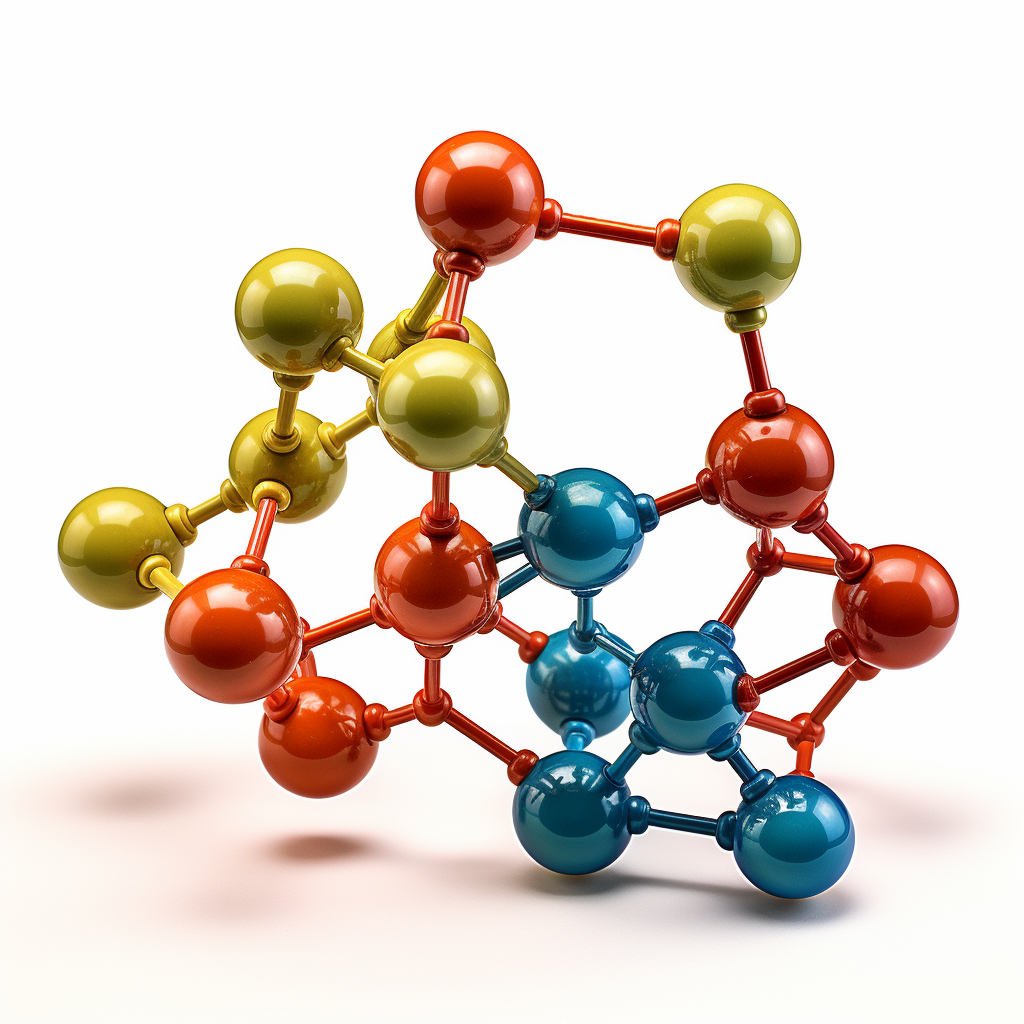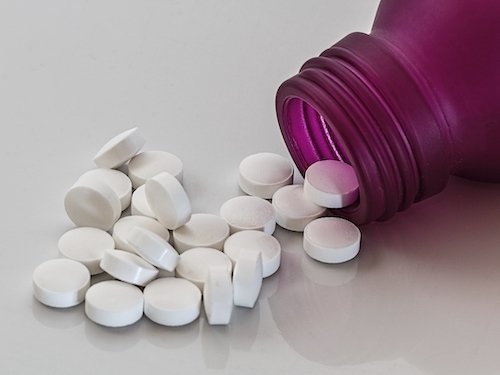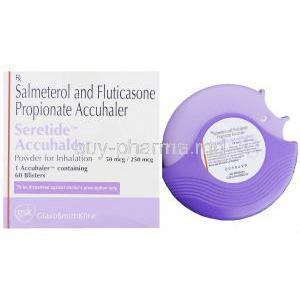Guaifenesin
- I. Introduction to Guaifenesin
- II. Composition of Guaifenesin
- III. Uses of Guaifenesin
- IV. Off-Label Uses of Guaifenesin
- V. Mechanism of Action: How Guaifenesin Works
- VI. Dosage and Administration of Guaifenesin
- VII. Side Effects of Guaifenesin
- VIII. Important Precautions and Warnings
- IX. Special Administration Considerations
- X. Overdosage: Symptoms and Management
- XI. Handling and Storage of Guaifenesin
- XII. Contraindications of Guaifenesin
I. Introduction to Guaifenesin
A. An Overview and History of Guaifenesin Guaifenesin has a background as an essential respiratory medication. It originated from the extract of tree bark. It has since been developed into a synthesized expectorant, dramatically improving bronchial discomfort treatment. Since receiving FDA approval in the 1950s, this compound has been widely used to relieve symptoms.
B. General Purpose and Classification Guaifenesin is an effective mucolytic agent that alleviates chest congestion by thinning mucus and making breathing easier. It falls under the category of expectorants. Is commonly found in over-the-counter cold and flu remedies.
II. Composition of Guaifenesin
A. Chemical Structure and Properties The molecular structure of guaifenesin is defined by its ether composition, which gives it its ability to break down mucus. This powder, which is white or off-white and dissolves in water, is scientifically referred to as 3 (2 methoxyphenoxy)propane 1,2 diol.
B. Active and Inactive Ingredients While guaifenesin is the ingredient, different formulations may contain other ingredients, like lactose, cellulose, and dyes that are inert but help improve stability and aid administration.

III. Uses of Guaifenesin
Guaifenesin is an expectorant medication that is used to help clear mucus or phlegm from your chest when you have had a cold or flu. It works by thinning the mucus in the air passages to make it easier to cough up the mucus and clear the airways 12. Guaifenesin is commonly found as part of over-the-counter combination medications for cold and cough 1. It is used to treat conditions that involve thick and sticky mucus, such as acute bronchitis, cold, and sinusitis 13. Apart from its main purpose, guaifenesin also provides relief for various conditions by easing chest congestion and encouraging more effective coughing in different respiratory disorders 1.
1: Drugs.com. 3: MIMS. 2: MedlinePlus.
IV. Off-Label Uses of Guaifenesin
Research has been conducted on the potential of using guaifenesin for off-label purposes, specifically for addressing forms of long-term pain conditions. Physicians who choose to prescribe guaifenesin for these off-label uses are bound by guidelines that prioritize the safety and well-being of their patients 4. Studies have also investigated the potential of guaifenesin in treating conditions such as chronic fatigue syndrome, although these uses have not been approved by the FDA 5.
1: Drugs.com. 3: MIMS. 2: MedlinePlus. 4: NCBI. 5: NIH.
V. Mechanism of Action: How Guaifenesin Works
A. How Guaifenesin. Its effects on the bodyGuaifenesin functions by breaking down and loosening mucus in the airways, making it easier to clear from the respiratory tract. This helps relieve congestion and promotes airflow.
B. Possible Interactions with Medications and Systems: Although generally safe, Guaifenesin may interact with specific medications, like muscle relaxants and sedatives, potentially affecting their effectiveness.
VI. Dosage and Administration of Guaifenesin
A. Recommended Dosage Guidelines for Various Age Groups The usual dosage for adults usually falls between 200 to 400 mg every 4 hours. However, the dosage is reduced for children depending on their age and weight.
B. Important Factors to Consider when Adjusting Dosages Patients with kidney or liver problems may need to adjust their dosages. It is vital to seek advice from healthcare professionals regarding dosing recommendations.
VII. Side Effects of Guaifenesin
A. Typical Reactions and How to Handle Them Guaifenesin may cause some side effects, such as nausea, dizziness, or headaches. These effects are usually not severe. It can be managed by adjusting the dosage or treating the symptoms.
B.. Serious Reactions Although rare, reactions, like allergies or skin rashes, could require immediate medical attention.

VIII. Important Precautions and Warnings
A. existing Conditions and Risk Factors People with a past sensitivity to Guaifenesin or its components should be careful. It is important to pay attention if you have chronic respiratory conditions like asthma or emphysema, as well as liver or kidney problems. In some cases, dosage adjustments or alternative treatments may be necessary.
B. Warnings about Interactions with Substances When taking Guaifenesin and other medications, especially those that affect the central nervous system (CNS) or certain muscle relaxants, there may be interactive effects. It is advised to exercise caution to avoid combined effects that could worsen drowsiness or dizziness.
IX. Special Administration Considerations
A. When it comes to patients, we need to be cautious about how drugs are absorbed, distributed, metabolized, and eliminated due to their altered body processes. This means we might have to use doses and closely monitor them for unwanted reactions. It becomes more critical when they have other health conditions or take other medications simultaneously.
B. When it comes to using Guaifenesin during pregnancy and while breastfeeding, there isn't evidence of harm. Still, we should only consider it if the benefits outweigh the risks to the fetus or infant. In situations relying on clinical judgment and seeking medical advice is crucial.
C. The safety and effectiveness of Guaifenesin in children can vary depending on their age. Generally, it is not recommended for children under four years old. It's essential to adjust the dosage based on their age and weight while keeping a close eye out for any side effects.
X. Overdosage: Symptoms and Management
A. Recognizing Excessive Dose Symptoms of Guaifenesin overdose may present as:
- Feeling nauseous and vomiting
- Experiencing drowsiness
- Having a rapid heart rate
If any of these symptoms occur, it is essential to seek immediate medical help.
B. Emergency. Treatments In case of an overdose it is crucial to seek medical attention. Treatment options may involve performing lavage administering activated charcoal and providing symptomatic and supportive care to maintain essential bodily functions.
XI. Handling and Storage of Guaifenesin
A. Storage Recommendations for Guaifenesin Guaifenesin should be stored at room temperature, away from direct sunlight and moisture, in a place where children cannot access it. It is crucial to maintain the quality of the packaging to preserve its effectiveness.
B. Safety Measures, for Handling Guaifenesin When dealing with Guaifenesin it is vital to prevent contamination and follow the recommended shelf life to ensure safety and effectiveness.

XII. Contraindications of Guaifenesin
A. Contraindications to Avoid Guaifenesin should not be used by individuals allergic to the drug or its ingredients. Severe allergic reactions can occur.
B. Cautionary Measures Patients with existing gastrointestinal disorders like peptic ulcer disease and those with a history of urinary stone formation should use caution when taking guaifenesin. It could potentially worsen these conditions.











